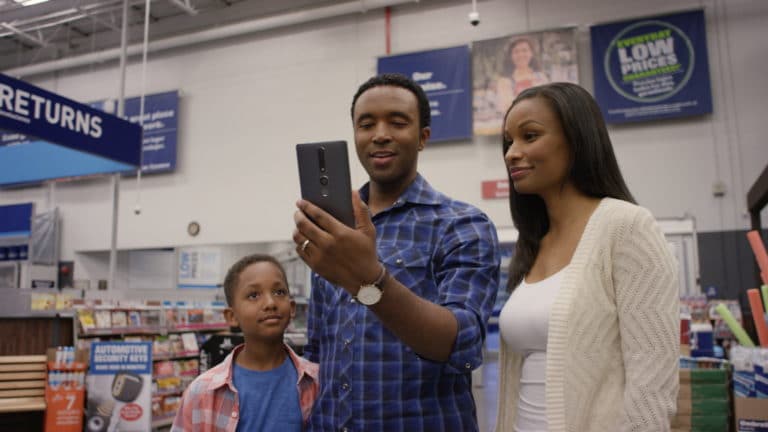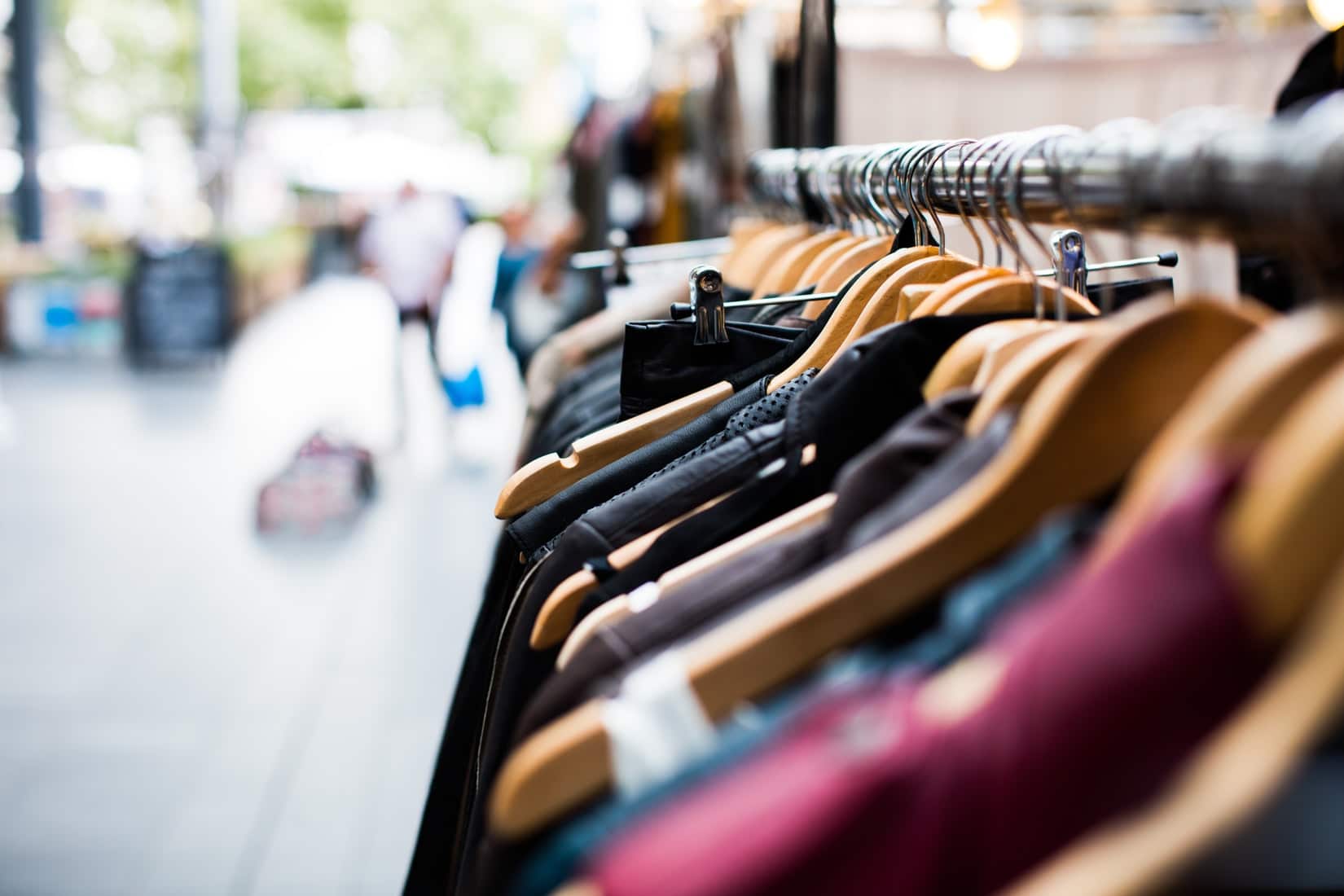
![]() “Trendline” is AR Insider’s series that examines trends and events in spatial computing, and their strategic implications. For an indexed library of spatial computing insights, data, reports and multimedia, subscribe to ARtillery PRO.
“Trendline” is AR Insider’s series that examines trends and events in spatial computing, and their strategic implications. For an indexed library of spatial computing insights, data, reports and multimedia, subscribe to ARtillery PRO.
Proof points for AR’s role as a shopping tool continue to emerge. We’ve been hearing this rallying cry for AR commerce for a few years, but it takes on new meaning during Covid-era retail lockdowns. The value of visualizing products remotely in 3D is suddenly amplified.
As background, pandemic-induced global lockdowns have a polarizing effect on businesses, as we’ve examined. Some sectors grow (gaming, eCommerce), while others plummet (bars, events). AR lenses are in the former bucket for both practical and recreational reasons.
Recreational drivers include AR’s escapism and whimsy. Practicality drivers include commerce, as noted, and remote collaboration. In both cases, AR is also tied to an area that sees Covid-era inflections: digital communications. This boost’s AR’s momentum already underway.
But another factor could propel AR in the post-Covid era: touchless retail. As stores re-open, there will be new safety protocols around touching merchandise. Here, AR’s ability to contextualize real-world objects with informational overlays — a la visual search — will be naturally aligned.

The Next Normal
Backing up, AR’s place in retail’s “next normal” will be one component of a broader touchless paradigm. It will include everything from tap-to-pay transactions to eye-scans at Clear terminals for airport check-in. Cashierless retail a la Amazon Go will get its long-awaited chance to shine.
Beyond the fact that these integrations are logical through a Covid-era lens, consumer data further validate them. In a recent SYKES’ survey of 3,000 adults,11 percent report using touchless payments like PayPal, Apple Pay or Venmo for the first time in the last five months.
Meanwhile, 37 percent of respondents ordered groceries online — including mobile — for the first time. 12 percent signed up for meal-kit services since March; And 10 percent (17 percent in the 18-24 age bracket) have subscribed to virtual fitness classes such as Yoga, spinning or similar.
More importantly, the survey indicates sustained adoption of touchless tech and transactions. 44 percent of respondents aged 25 to 34 report that they’ll purchase more items digitally than they did pre-pandemic. And 12 percent will only use contactless payments going forward.

Versatile and Sustainable
One thing that jumps out from the touchless technologies outlined above is that they aren’t new. They’re existing technologies that were at various stages of their product lifecycles. But in the Covid era, they’re aligned with new-normal demand signals and are correspondingly inflecting.
That brings us back to AR. It too isn’t a new technology. It had an existing growth curve and pace of traction underway. That has now accelerated within several AR subsectors, such as commerce, communications, collaboration and potentially-new/native formats that are born into this era.
Touchless in-aisle shopping through AR could be one of those innovations. This could initially branch from work already done by Pinterest and Google in visual search. Though you’ll still want to try on apparel, informational overlays on products can at least minimize physical handling.
This means AR’s role in supporting the new normal could transition into the next normal. Just as it’s helped consumers stay connected and shopping while sheltered, its role in supporting post-Covid touchless retail means its value as a technology could prove versatile and sustainable.
Header Image Credit: Lowes
